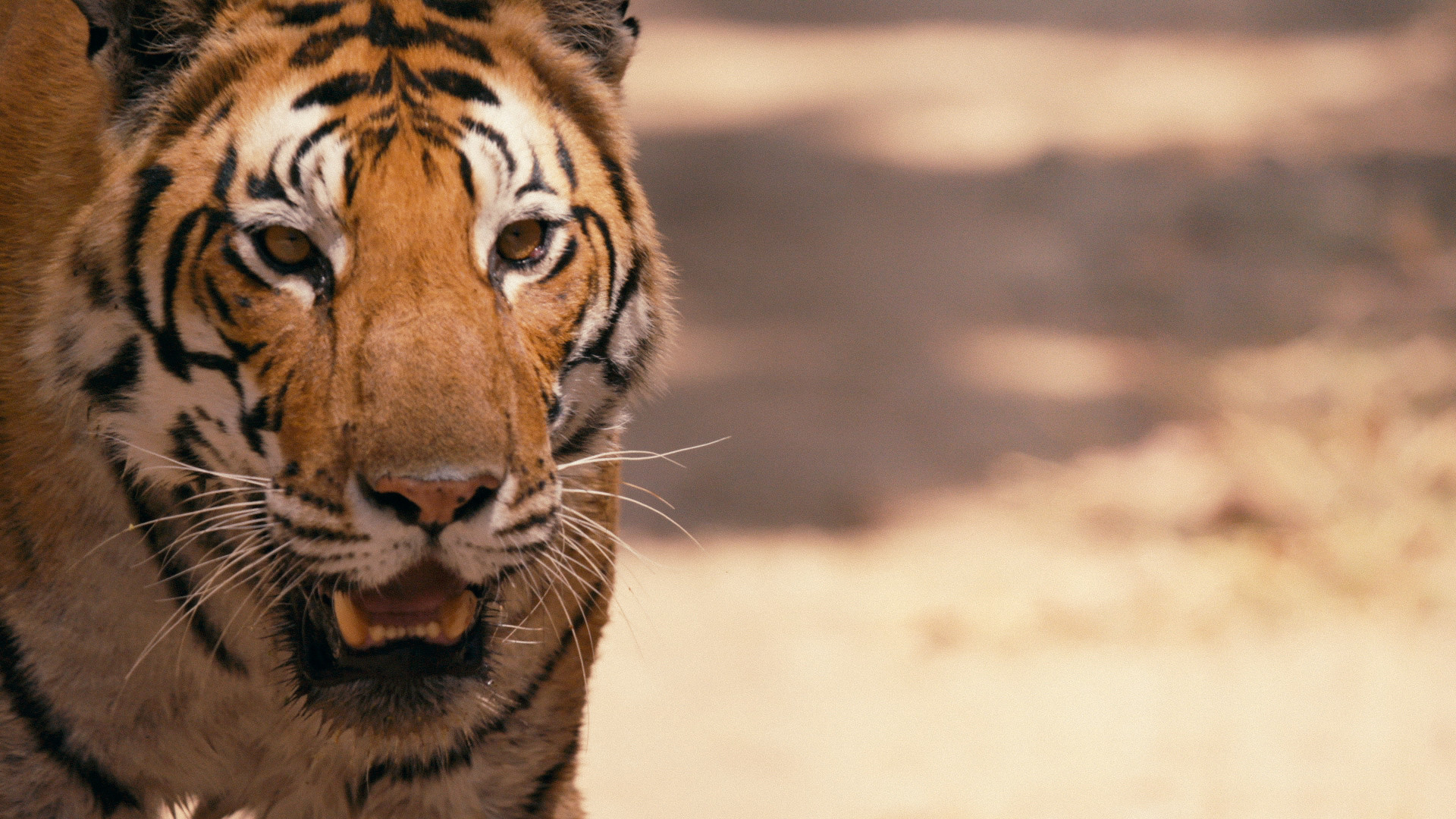If you feel the need for penance, or perhaps want to watch a movie about big cats and not human dysfunction, then allow “Tigerland” to assist you.
In lieu of the bizarre human circus of Netflix’s hit, “Tiger King,” this featured selection at the International Wildlife Film Festival is deeply concerned with these alpha predators.
Yet like many documentaries, it draws you with a human character study, and boasts two protagonists, one living and one deceased, that ironically enough are outsized people. One is described as crazy by a friend, and the other difficult to deal with by an admiring expert, but their intentions are noble and their intelligence is sharp.
With a long nose and stern face, Fomenko resembles a less cantankerous version of Werner Herzog. As a student, he signed up to work on a tiger project in the Bikin park. He and his colleagues were given guns and ammunition to procure their own food while spending months in the woods. A friend says “in this world, crazy people find each other quickly,” and soon not long before we see old footage of one of them scrambling up a tree, followed by a tiger. (It was the happiest time of their lives, one says.)
His storyline, and the middle section of the movie, develops into a B plot. A tigress with two cubs has been hunting dogs in a small village located inside the preserve. Fomenko and a team tranquilize the tigress and put it in captivity, for fear that the residents would kill it if it weren’t stopped. However, that’s left the younglings on their own and a rescue/hunt in the endless fields is initiated.
He explains how the fall of the Soviet Union threatened the tiger on two fronts: poaching and habitat destruction. He works in the field of animal forensics, determining whether an animal was really killed in self-defense or if a poacher is lying.
In an excerpt from Kailash Sankhala’s unpublished book, he describes himself a “tiger addict,” and describes his manuscript as a project in which “the hero is the tiger, and it is his biography that I wish to write.”
In a sign of how deeply Fomenko cares for the animals, he says “I still love them,” and that it was fate.



